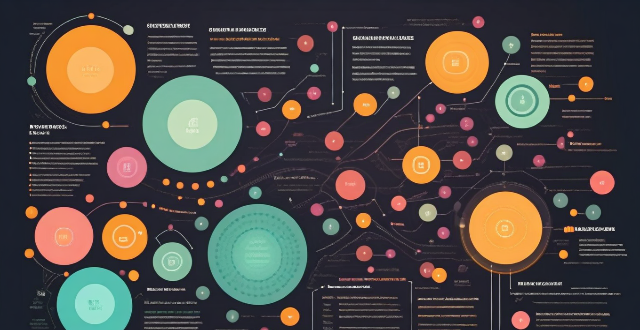Language learning apps incorporate grammar and vocabulary into lessons through interactive contextualized learning, gamified exercises, spaced repetition techniques, personalized learning paths, multimedia content, social interaction opportunities, and offline learning features. These methods aim to make the acquisition of a new language efficient, engaging, and adaptable to individual learners' needs and preferences.

How Do Language Learning Apps Incorporate Grammar and Vocabulary into Their Lessons?
Language learning apps are designed to make the process of acquiring a new language as efficient and engaging as possible. They incorporate grammar and vocabulary into their lessons in various ways, often using a combination of techniques to cater to different learning styles. Here's how they typically do it:
Interactive Lessons
- Contextualized Learning: Apps present grammar points and vocabulary in context through dialogues, stories, or scenarios that mimic real-life situations. This helps learners understand the practical application of what they're learning.
- Gamified Exercises: Many apps use game-like exercises to practice grammar and vocabulary. These can include drag-and-drop activities, fill-in-the-blanks, and multiple-choice questions that provide immediate feedback.
Spaced Repetition
- Flashcards: Digital flashcards are used to reinforce vocabulary. They often appear at intervals based on the user's performance, leveraging spaced repetition systems (SRS) to enhance memory retention.
- Review Sessions: Apps may include review sessions that focus on previously learned material, ensuring that grammar and vocabulary are regularly revisited and consolidated.
Personalized Paths
- Adaptive Learning: Some apps adapt to the user's performance, presenting grammar and vocabulary according to their progress and proficiency level. This ensures that learners are neither overwhelmed nor bored.
- Personalized Feedback: Feedback is often personalized based on the user's input, helping them correct mistakes and reinforcing correct usage of grammar and vocabulary.
Multimedia Content
- Audio and Video: Apps may include native speaker audio and video content to help with pronunciation and understanding of vocabulary in context. This also aids in grasping the natural flow of the language and its grammar.
- Visual Aids: Graphics, images, and animations are frequently used to illustrate vocabulary and grammar concepts, making them easier to understand and remember.
Social Interaction
- Conversation Practice: Some apps offer opportunities to practice speaking with other users or language tutors, allowing learners to apply their grammar and vocabulary knowledge in a communicative setting.
- Community Features: Features like forums or chat rooms within the app encourage learners to engage with each other, using newly learned grammar and vocabulary in a supportive environment.
Offline Learning
- Downloadable Content: To facilitate learning without an internet connection, some apps allow users to download lessons, including grammar explanations and vocabulary lists, for offline study.
By integrating these diverse methods, language learning apps aim to provide a comprehensive and flexible learning experience that caters to different needs and preferences.